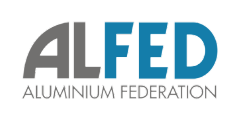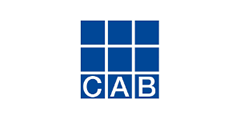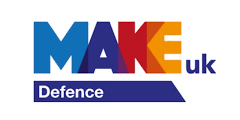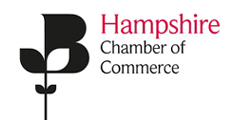

Powder coating provides the perfect finish in a range of applications, providing a versatile, durable and environmentally friendly alternative to liquid paint.
Here we look at what it is, what you can use it for, the reasons for using it, and the benefits powder coating has as a process and a finish.
Powder coating is a dry coating process that provides a hardwearing, smooth and even finish to various surfaces, and is applied across a broad range sectors and industries, including construction and manufacturing.
As a specialist coating material, powder coating consists of a mixture of polymer resin, pigment, curatives and other agents.
Because you apply it in dry form, using an electrostatic charge, this enables powder coating to cover surfaces evenly, even where there are difficult to reach areas.
After spraying, the powder coating is cured in an oven. This baking process causes the powder particles to melt and fuse together, forming a tough protective skin.
The most common and popular uses for powder coating are to provide a finishing for metallic surfaces and products. These include architectural structures and steel and aluminium fabrications.
Applying powder coating to architectural steel parts and exterior furniture contributes to making them resistant to damage from both heat and cold. It also bolsters their protection against corrosion.
Many metal products designed for outdoor use will have powder coating finishes to strengthen them against the natural elements. These products include various types of farm machinery and industrial equipment.
Powder coating protects road signs and directional signage, as they are highly exposed outdoors for continuous periods of time.
Because powder coating also has a decorative as well as protective aspect, it is applied to various fabrications and parts, and individual products such as golf carts and office furniture. This ensures their longevity and preserves their visual appeal for longer.
Powder coating metallic roofs and garage doors helps preserve their appearance over time.
Various car parts that get a lot of routine use are powder coated, including door handles, window handles and bumpers. Powder coating wheels and window frames also helps protect these essential car components from damage and stress. You can also apply powder coating to vehicle radiators and engine blocks.
Powder coating is a versatile and durable alternative to liquid paint applications, and it provides certain benefits as a finishing and coating.
It is a tough, long-lasting, and cost-effective means of protecting metallic parts and ensuring they look attractive too. Once applied, powder coating makes surfaces more resistant to scratching, fading, chipping and other wear and tear.
The way you apply powder coating cuts down on production and drying time, because there is no solvent content, which means no lengthy waiting times for drying or applying further coats.
The whole application process for powder coating is streamlined. Once the dry powder has been applied, the items can go straight into the oven for baking and curing.
This technique cuts down on mess and any subsequent cleaning. It is straightforward to clean down a spray booth rapidly after applying powder coating, and you can gather up any surplus for re-use.
With no solvents, powder coating requires much less intense air control during application, so you can save money on ventilation or heating work areas as a result. At the same time, powder coating is much easier for operators to clean off themselves, reducing hazards associated with using cleaning solvents.
Surface finishing is essential for metals when you are going to be use them in a range of applications, including architectural parts and industrial and agricultural machinery.
On buildings, for example, many metal parts are both functional and decorative. Powder coating serves a dual purpose here, because it prevents corrosion of the metal, but also provides it with an attractive finish.
As a form of finishing, powder coating is dispersed through a high-pressure spray nozzle, and is electrostatically charged.
This ensures that it adheres to the metal surface evenly, and thoroughly. Compared to liquid paint, it is much easier to get this kind of even effect.
The curing process, where you bake the powder coating in an oven, generates a thermal bond, which merges the powder particles together, creating a durable outer shell.
Should you require a textured finish, you can more easily achieve this with powder coating which can be manufactured in this form.
With its superior performance combined with good colour retention, powder coating is often the preferred choice for outdoor fabrications and products.
When there is long-term exposure to moisture and sunlight, the resins in many paint finishes will break down, causing them to lose their adhesion. They then form a chalk-like surface layer.
This can happen with both liquid paint and powder coating, but with many powder coatings this chalking process is much reduced due to the resilience of the resins used.
Therefore, for preserving the lifespan of surfaces, powder coating is highly effective.
One important reason for choosing powder coating is that it is far better for the environment.
It is solvent-free, so contains virtually no volatile organic compounds (VOCs). VOCs can form pollutants in the air, and are harmful to human health.
This also makes powder coating easy to transport and dispose of safely and economically.
Powder coating processes also minimise waste, as you can easily re-use any over-sprayed powder.
Making powder coating your preferred process can give your fabrications and other surfaces the finish they need. Powder coating combines a good look with an exceptional level of performance.
For more information about powder coating and how best to use it, please contact Tomburn.

Find out how Tomburn has helped transform our clients buildings, products and projects.
Find out more




